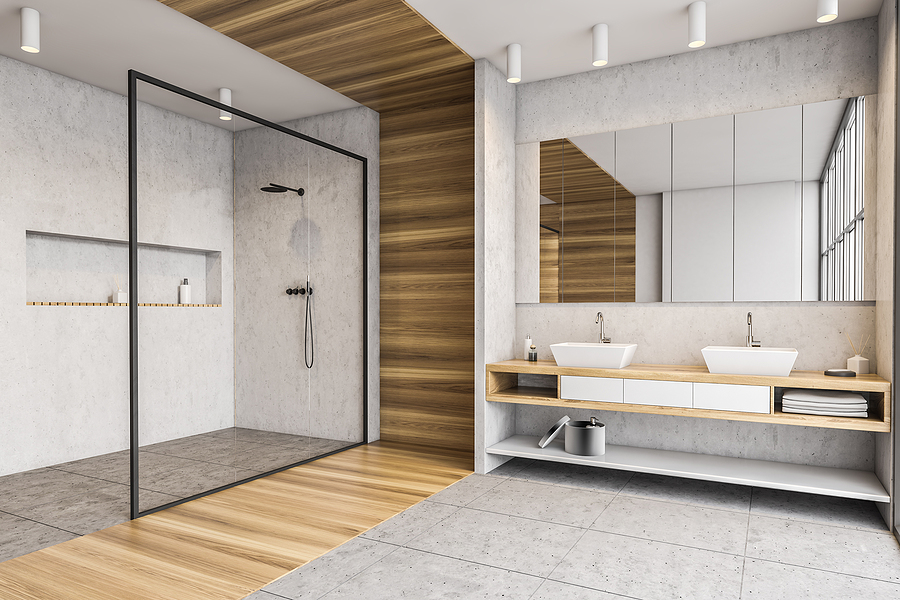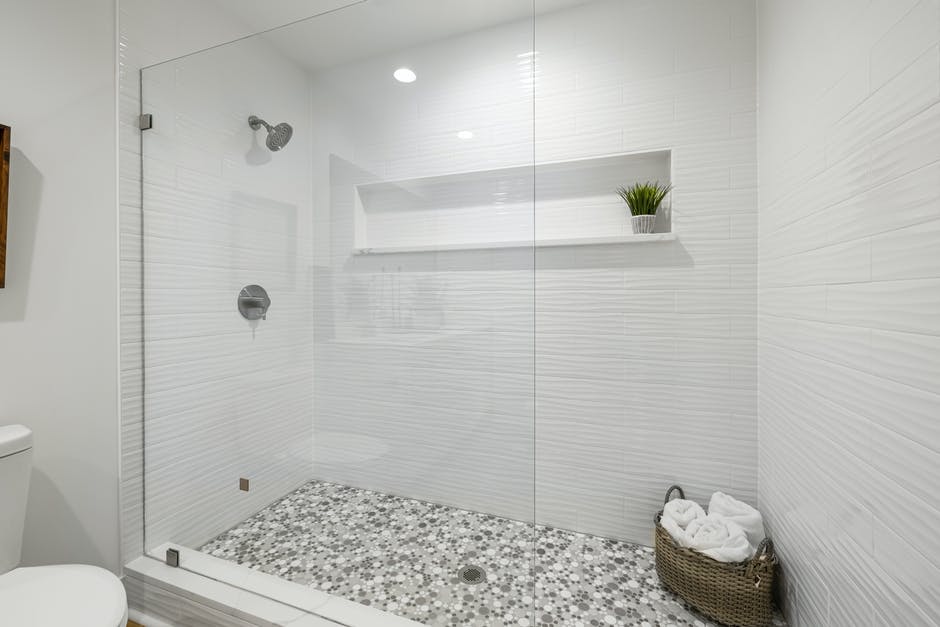
Frameless vs. Framed Shower Enclosures: Pros and Cons
When I work with homeowners updating their bathrooms, one of the most common questions I get is whether they should go with a frameless or framed shower enclosure. It might seem like a small detail, but your shower enclosure sets the tone for your entire bathroom—and it impacts everything from daily use to long-term maintenance.
I’m Taylor Jones, a University of California graduate with a degree in interior design. I own a home renovation company here in California and have been transforming bathrooms for eight years. As a writer and editor for USA Shower and Bath, I often help people make sense of all the design options available, especially when it comes to style versus function. Shower enclosures are one of those decisions where both matter.
Let’s walk through the differences between frameless and framed shower enclosures, along with the pros and cons of each, so you can choose the one that’s best for your space.

What’s the Difference?
Before we get into the details, it’s important to understand what makes a shower enclosure framed or frameless.
- Framed shower enclosures use aluminum or composite metal framing around the edges of the glass panels and the door. The frame offers support, especially if the glass is thinner.
- Frameless shower enclosures use thick, tempered glass with minimal metal hardware—usually just clips or hinges. This gives the shower a more open, clean-lined look.
They may look similar at first glance, but each type has its own set of characteristics that affect appearance, performance, and price.

The Appeal of Frameless Showers
Frameless shower enclosures have become extremely popular, especially in modern and upscale bathroom designs. They offer a clean, seamless look that highlights tile work and makes smaller bathrooms feel more open.
Pros of Frameless Enclosures:
- Sleek, modern appearance – With minimal hardware and clean lines, frameless showers instantly update a space.
- Opens up the room visually – No bulky frame means more light and a less cluttered look.
- Easier to clean – Without metal framing, there are fewer places for mold and soap scum to collect.
- Customizable – Frameless showers are often made to fit your exact space, which is ideal for unique layouts.
Cons of Frameless Enclosures:
- Higher cost – Frameless glass is thicker and requires precise installation, which raises the overall price.
- More fragile installation – Without a frame to support it, the glass relies entirely on hinges and clips.
- Potential for leaks – Because there are fewer seals and support pieces, frameless showers need to be installed very carefully to avoid water leaks.
Why Framed Enclosures Still Work
Framed enclosures are the more traditional option and are still widely used in both new builds and renovations. They’re budget-friendly, widely available, and come in a variety of styles.
Pros of Framed Enclosures:
- More affordable – Framed enclosures tend to cost less in both materials and installation.
- Sturdier structure – The metal frame provides added support, making it ideal for thinner glass panels.
- Better sealing – The frames often come with built-in seals and magnetic closures that help keep water in.
- Easy to find and install – Framed enclosures are available in standard sizes, so installation is typically quicker and less expensive.
Cons of Framed Enclosures:
- Less modern appearance – Some homeowners find framed showers look dated or bulky, especially with thicker frames.
- Harder to clean – The metal frame and seals can trap grime and develop corrosion over time.
- Limited customization – Most framed units come in standard sizes, which may not fit non-traditional spaces without modification.

Which One Is Right for You?
The answer really depends on your budget, style preferences, and how your bathroom is used. If you’re remodeling for resale, frameless enclosures can add visual value and appeal to potential buyers. If you’re focused on function, especially in a family home or rental property, a framed enclosure might offer the durability and water resistance you need without stretching your budget.
Here’s how I typically guide clients:
- Choose frameless if you’re going for a luxury look, showcasing tile work, or working in a small space that needs to feel open.
- Choose framed if you’re budget-conscious, want fast installation, or prefer something that offers better sealing and durability for everyday use.
Don’t Overlook Installation
Whether you go framed or frameless, installation is critical. Frameless showers, in particular, must be installed with precision to avoid water leakage and ensure the heavy glass is secure. Always work with an experienced installer—especially if your space requires custom measurements or you’re converting from a tub to a walk-in.
Also consider how your chosen enclosure will pair with your flooring, shower pan, and surrounding tile. A cohesive design makes the entire bathroom feel professionally finished.
Final Thoughts
Both framed and frameless shower enclosures have their place in bathroom design. It’s not just about style—it’s about finding the right fit for your space, your needs, and your budget.
When I design bathrooms, I always remind clients that the shower is a centerpiece. It gets used every single day. So whether you choose the clean elegance of frameless glass or the tried-and-true functionality of a framed unit, make sure it’s a choice that works for you both aesthetically and practically.
About the Author
Taylor Jones is a University of California graduate with a degree in interior design. As a writer and editor for USA Shower and Bath and the owner of a successful home renovation company in California for eight years, Taylor specializes in bathroom design, accessible home modifications, and luxury bathtub installations.
